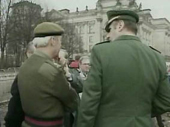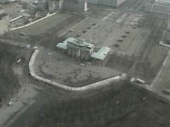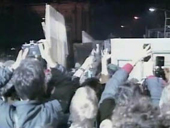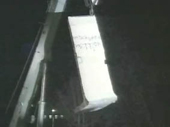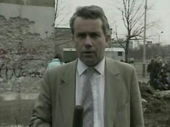| Final Concept - Random Wallpaper | ||||||||||
|
|
||||||||||
The
final concept for this module is a technique that can be used in
a variety of ways. I have entitled it 'Random Wallpaper'. Although
the module is now complete, I will continue to develop ways in which
I can use this for my artwork. This page explains how 'Random Wallpaper'
works and was submitted for the Computer Principles deadline on
Friday 27th Jan 2006. |
||||||||||
The
Processing sketchbook led me to what I call the 'random factor'.
The No. 9 sample in my sketchbook encouraged me to build a bigger
and better 700 x 1000 pixel image that would randomly display nine
images in equal proportions around the given area. The 'numbers'
illustration below was used to ensure that all nine images were
given 'air time'. |
||||||||||
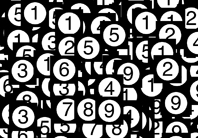 |
||||||||||
| With the problem of the images failing to load onto the internet I was forced to bring the concept into the analogue world. The 'Prototype Section' of the module led me to display the random images via a projector in my studio. It looked so good I had to video the event, and in doing so placed myself into the frame. The results led to the page entitled 'Concept Development - testing wallpaper' and the introduction of music to allow for some simple play time! The two illustrations below were key in guiding me in this exciting process! | ||||||||||
 |
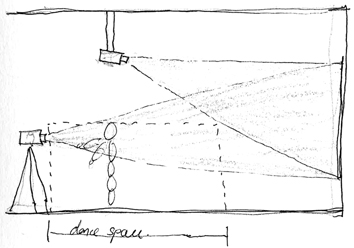 |
|||||||||
| The initial idea of surrounding myself with heroes (see Concept Development) led me to study the David Bowie song "Heroes". I discovered that Bowie was living in Berlin and saw two people kissing by the famous wall. As I was researching this I found footage of the Berlin Wall being pulled down on the 'BBC Open News Archive' ( http://www.bbc.co.uk/calc/news/ ) and was able to download and incorporate the footage for use in my project, royalty free! Below are some of the stills from the Quicktime movie. | ||||||||||
|
||||||||||
| |
||||||||||
| You can view my final test movie by clicking on Remembering "Heroes" (this will take about 12 - 15 seconds to download with broadband). This final test video allowed me to try out my 'Random Wallpaper'. My next steps will be to use this technique in my artwork. Below are some stills from the video. (To see a full size DVD of the movie please email me.) | ||||||||||
| |
||||||||||
|
||||||||||
| Further Development | ||||||||||
| With this work now completed, I will continue to explore the technique in many ways. There are other modules on the MA that may benefit from this technique. Below are pathways that I wish to explore in greater depth. | ||||||||||
| 1) Mass projection - projecting the images outdoors on large scale walls (perhaps even using more than one projector). In this case, rebuilding the Berlin wall with images of it being taken down. An interesting memorial. | ||||||||||
 |
||||||||||
| 2) Interaction - single silhouette shots randomly displayed on the screen. This could be filmed with a person in front of the screen trying to match each random pose. Eventually the person runs out of steam (computer beats human - hit play and watch me dance). | ||||||||||
|
|
||||||||||
| 3) HND Graphic Design - on open nights and HE promotion days at the Reading Campus, I will project samples of students' work randomly on the walls of the studio as the prospective students arrive to speak to tutors. | ||||||||||
| Summary | ||||||||||
In conclusion, this module has been very interesting. Although I struggled to get to grips with coding and the problems that the programme Processing presented, I feel that an interesting body of work has been created. I would like to thank Richard Colson for delivering the module, the students in my class, all my colleagues at Reading and Alice Lily. |
||||||||||
